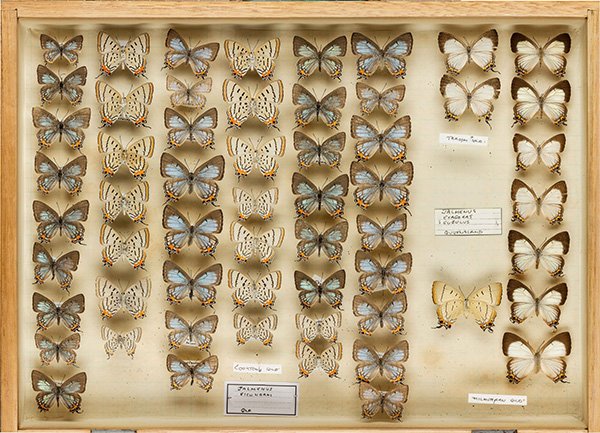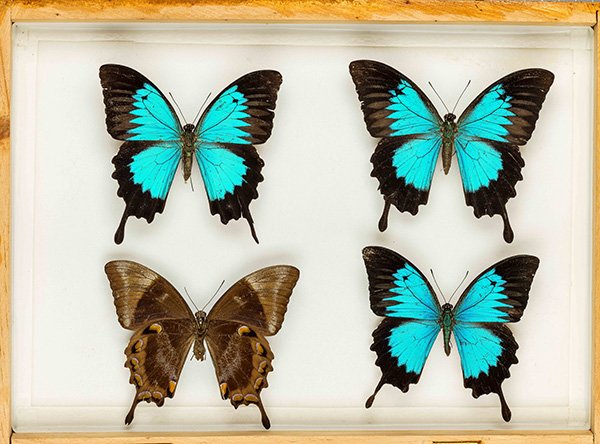The butterfly collection of John Landy to go on display

JOHN LANDY may be better known for his achievements in athletics and politics, but it’s his lifelong hobby that’s captured the attention of the Australian Museum.
John’s incredible butterfly collection consists of 139 boxes, which contain approximately 10,000 specimens that he’s collected since childhood, and it’s now valued at over a million dollars.

(Image Credit: Ron Lovatt)
Since initial whispers began back in 2015 that John was looking for a home for his butterflies, the Museum has been working to acquire the collection. And now it’s official.
However, due to the sheer size of John’s collection it’ll be some time before the public will be able to view it, with the Museum looking into various display options including a type of “visual gallery.”

(Image Credit: Ron Lovatt)
But according to the Museum’s Entomology Collection Manager Derek Smith the motive behind the Museum’s acquisition of the collection goes well beyond the butterflies entrancing patterns and colours.
“The collection is of great scientific value due to its extensive coverage of Australian butterfly fauna over time and its geographical significance, with butterfly species coming from across the country. Changes in the natural and built environment have made John’s collection even more valuable to museums and collectors,” he says.
“Many of the areas in Australia that John collected from over his life are now urbanised and the butterfly species are no longer found in those areas… Adding John’s specimens to the Australian Museum’s collections helps show how Australian fauna has responded to changes in human land use and climate change over time.”

(Image Credit: Ron Lovatt)
Derek says that John’s collection is also unique because of the changing attitudes towards butterfly collection, including that butterflies are better left in the wild, than enclosed in cases.
“Social and legislative attitudes to killing wildlife have changed, which means we need to balance the value of such collections with questions over the need to kill large numbers of animals,” he says.
“Collecting birds’ eggs is a classic example of an historical practice that is of value to the historical record but is of questionable value today.
“Despite the value of John’s collection, I would not like to be seen as encouraging anyone to start such a large butterfly collection today.”
READ MORE:
- Climate change causing butterflies to emerge 10 days early.
- Globetrotting butterflies.
- How to draw natural history.
- The Australian Museum’s dazzling mineral collection.




